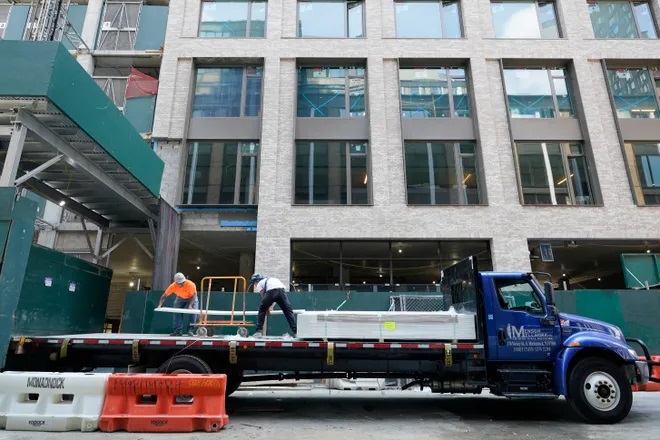The Labor Department reported recently that employers added 528,000 non-farm payroll jobs. The economy has fully recouped the 22 million positions that were lost early in the pandemic. The recovery has been far swifter than those of previous recessions. The strong jobs number was a surprise. The median estimates in a Bloomberg survey of economists called for a 250,000 payroll gain. The unemployment rate declined to 3.5%, matching a 50-year low.
While the jobs report might cheer everyday Americans, the strong labor demand may put more pressure on the Fed to sustain its aggressive rate hikes. San Francisco Fed President Mary Daly said on Fox News, “The good news is people can get jobs; the bad news is that inflation remains too high, and our No. 1 priority is to get that down.”
Diane Swonk, the chief economist for KPMG LLP, said, “The labor market is sizzling and that can feed into inflation. This argues for another 75- basis point hike by the Fed.”
The labor participation rate declined to 62.1% in July. While the economy has recovered all the jobs lost since February 2020, there are 623,000 fewer people in the workforce, reflecting a decline in those looking for work.
The historically low jobless rate is propelling wage gains (averaging 5.2% over the past year) as companies compete for a limited pool of workers. Faster wage growth has not kept pace with inflation, which hit a nearly 41-year high of 9.1% in June. These increases along with rising commodity prices have contributed to cost-push inflation.
According to a survey by the jobs site ZipRecruiter, rapidly rising prices are the main reason older workers are unretiring. In the firm’s June survey 35.8% ranked inflation as the top reason that they have returned to the job market. Another 26.2% said that they are rejoining the workforce because they are running out of retirement savings.
The July gains were spread across nearly all corners of the economy. On balance, consumers have shifted their spending from goods and toward out-of-the house experiences. More waiters, bartenders, waitresses and cooks are back on the job. Leisure and hospitality businesses added 96,000 jobs, still insufficient to meet the demand. A shift to e-commerce has helped drive up employment in transportation and warehousing. Manufacturing employment is now slightly above pre-pandemic levels.
Hiring in July was far better than expected, defying multiple signs that the economic recovery is losing steam. There has been weakness in business activity, housing, and consumer confidence. The Fannie Mae Home Purchase Sentiment Index in July declined to 62.8%, its lowest level since 2011. Doug Duncan, senior vice president and chief economist for Fannie Mae, said, “Unfavorable mortgage rates have been increasingly cited by consumers as a top reason behind the growing perception that it’s a bad time to buy, as well as sell, a home.”
President Biden welcomed the jobs report. Biden declared, “Today’s jobs report shows we are making significant progress for working families… millions of families with the dignity and peace of mind that a paycheck provides.”
The strong jobs number along with higher-than-expected wage numbers has shifted expectations to a 75-basis point hike in September. The Fed can have confidence that it can tighten monetary policy without leading to a widespread rise in unemployment. Because of their concern over the increase in wages, the Fed fears that companies will add to cost-push forces, raising prices to match or exceed their higher labor costs. Federal Reserve Chairman Jerome Powell said, “there is a feeling that the labor market is moving back into balance… but it is only the beginning of the adjustment.” Powell said that officials needed confidence to believe that inflation was going to return to its 2% target.
Originally published in the Sarasota Herald-Tribune




